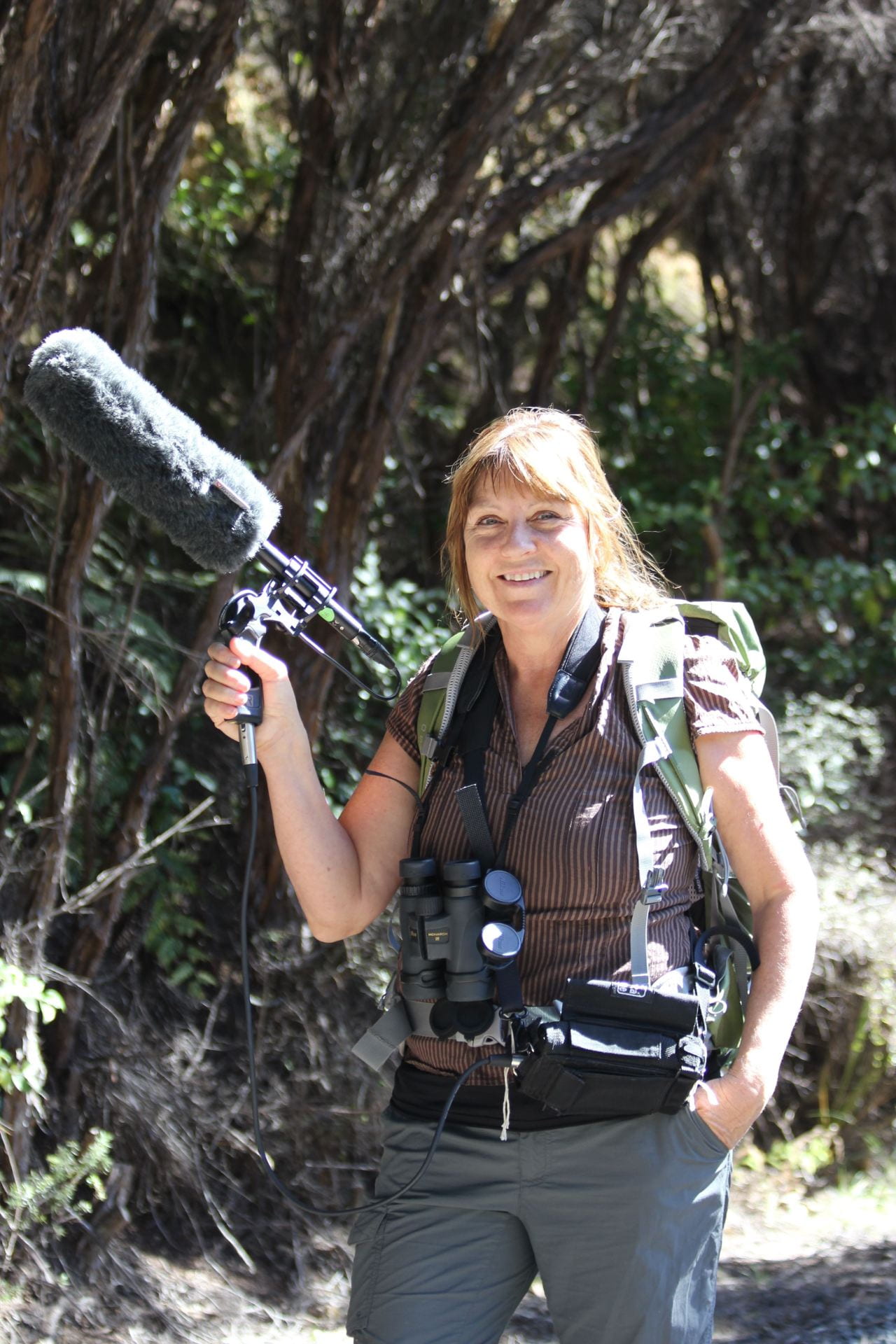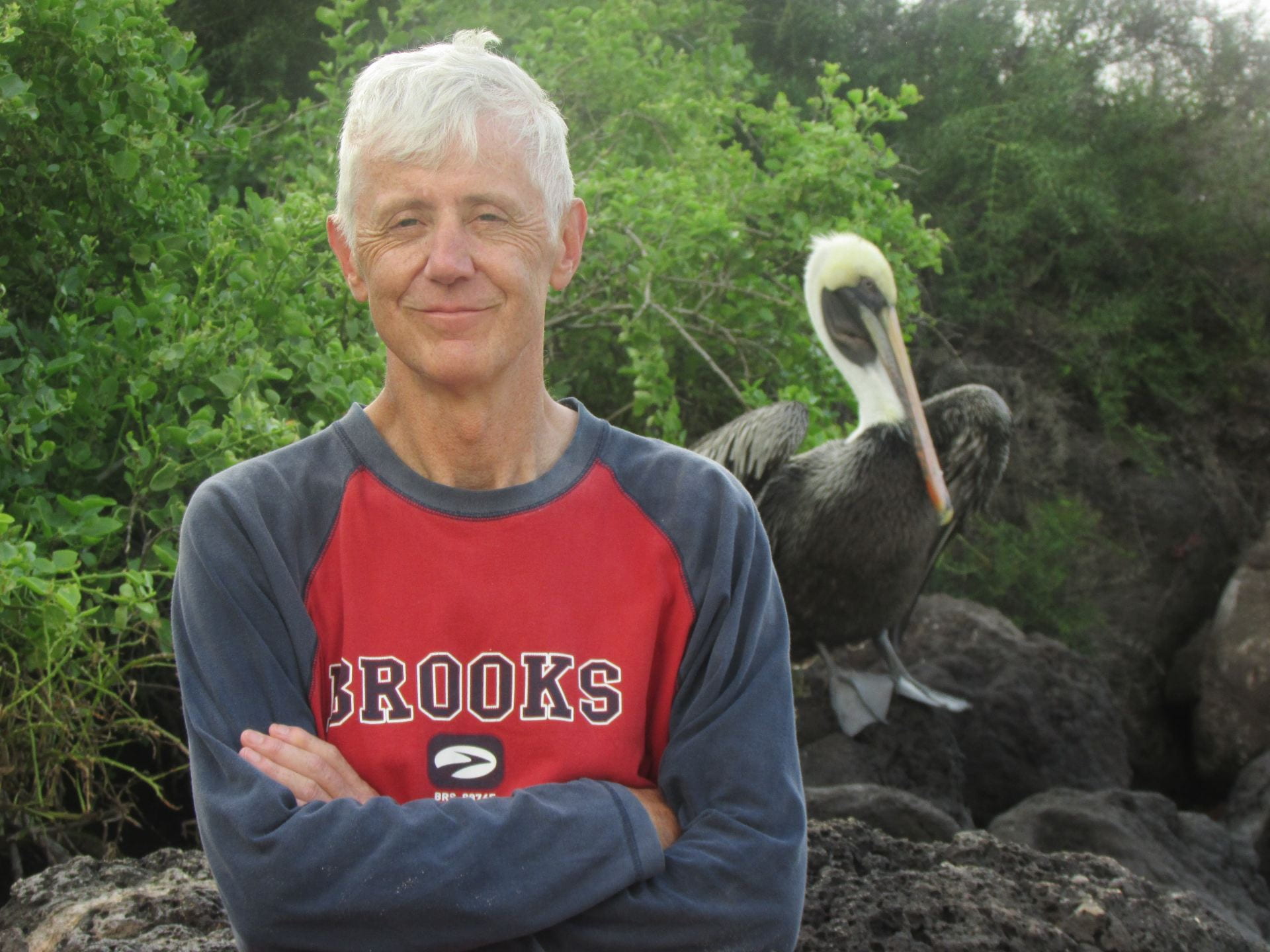Key Presenters

Prof Andrew Bennett’s research interests centre on understanding how human land-use and landscape change affect native fauna and ecological processes. With colleagues and students, he has investigated wildlife conservation in agricultural landscapes, and the effects of fire in ecosystems from semi-arid mallee to foothill forests. His career includes a PhD at the University of Melbourne, wildlife research at the Arthur Rylah Institute for Environmental Research, 18 years with Deakin University (Personal Chair in Landscape Ecology), and a joint position as Professor in Ecology at La Trobe University and Science Leadership at the Arthur Rylah Institute. Six-month study periods in Canada (Carleton University, 1989), Britain (Monks Wood, Centre for Ecology & Hydrology 2000) and USA (Harvard Forest, 2012) have been formative experiences. Currently, he is Prof in Ecology and Director of the Research Centre for Future Landscapes at La Trobe University. He was awarded the HL Serventy Medal by Birdlife Australia in 2021.
Andrew Bennett
Woodland birds in rural environments: landscape structure offers key insights for conservation and management
Which characteristics of rural landscapes make them more effective for nature conservation? Agricultural landscapes occupy a third of Earth’s land surface and so answering this question, together with a capacity to take effective action, will profoundly influence the future for global biodiversity. Together with colleagues and students, I have employed a ‘whole of landscape’ approach to understanding landscape change for bird communities. We have carefully selected rural landscapes that differ in the amount, configuration and composition of wooded vegetation amidst productive land uses, and systematically surveyed birds. I will present results to support several conclusions. 1) Bird communities respond strongly to the spatial properties of ‘whole’ landscapes, although sub-groups and species respond differently. 2) For woodland birds, a key influence is total extent of wooded vegetation. 3) As the extent of wooded vegetation decreases, richness of woodland species declines in a non-linear manner (potentially with a threshold). 4) Certain landscape features have particular importance: streamside vegetation, for example, has a distinctive avifauna and contributes disproportionately to landscape-scale richness of woodland birds. 5). The composition of bird communities is dynamic and vulnerable to extremes such as drought, but some landscapes are more resistant than others. 6). Replanting vegetation turns around the loss of species in depleted landscapes but does not simply reverse native vegetation loss. 7). Restoration is most effective in landscapes with some existing native vegetation, by supporting a complementary avifauna. 8). Actions of individual landholders matter: their impacts accumulate and benefits extend beyond the property to the wider landscape.

Professor Dianne Brunton is a behavioural ecologist and conservation biologist in the School of Natural Sciences at Massey University’s Auckland Campus. Dianne grew up in Auckland Tamaki Makaurau and completed a BSc and MSc in Zoology at the University of Auckland. Like many young kiwis, she then flew oversea to undertake her PhD studies. Dianne completed a PhD in Wildlife Biology at the University of Michigan, Ann Arbor, USA. There she worked on the reproductive strategies of killdeer, (Charadrius vociferus), a large plover found thorughout the Americas. She completed Postdocs at University of California, Berkeley on the adoption behaviour of western gulls (Larus occidentalis) and Yale University, Connecticut, on coloniality in least tern (Sternula antillarum). In 1991, Dianne returned to New Zealand to invest in her own reproductive effort and to take up an academic position at the University of Auckland. Dianne moved to Massey University, Auckland campus, in 2005, and established and led the Ecology and Conservation Group. From 2016-2021, Dianne was Head of the School of Natural and Computational Sciences. Professor Brunton has a diversity of research interests in conservation and behavioural ecology, with innovative research contributions in the field of the cultural evolution of bird. She has been the PI on two Marsden funded projects: 1) Song dialect evolution in Tieke/Saddleback, Philesturnus rufusater, and 2) Cultural evolution and song diversity of male and female Korimako/ NZ bellbirds, Anthornis melanura). Dianne has published more than 130 peer-reviewed articles and has been the primary supervisor to 37 PhD and 75 MSc students. In 2017, she was awarded the Massey University Research Medal for Supervision. Dianne is currently the Chair of the Auckland Zoo Conservation Fund and a Scientific Advisor to TiME (This is My Earth), a non-profit international environmental organisation that offers every citizen of the world an opportunity to protect biodiversity.
Dianne Brunton
Integrating avian behaviour and conservation biology in the Anthropocene; expanding knowledge from Tīeke / North Island saddleback translocations
Tīeke are arguably Aotearoa’s most successful conservation story. Once widespread, by 1964 they were reduced to one island population due to their extreme susceptibility to introduced predators. This vocal and charismatic species was subject of the first ‘formal’ bird translocation in New Zealand. Most of the translocations that followed succeeded. Less well known is the significance of this species in our understanding of cultural evolution – they have an amazing ability to rapidly evolve novel songs and establish song dialects. I will present highlights of the field-based research that my research group have undertaken over the last 15 years. We quantified Tīeke song and found that distinct song lineages have evolved, and that novel songs form rapidly. We then used real-world experiments to test whether this rapid evolution of song cultures impedes genetic mixing when translocations include multiple cultural sources. Focussing on Shakespear Sanctuary, we found that a mixed translocation can maximise both genetic and cultural diversity and that Tīeke song culture is resilient. Some assortative pairing did take place, but this was not exclusive. Within 2 years, genetic mixing occurred, and cultural diversity increased as ancestral dialects were preserved and innovative dialects arose. First-generation males did inherit ancestral song, but also innovate their songs. If the goal for the Shakespear Tīeke translocation was to increase both cultural and genetic diversity, it was a success. Sadly, following our work, predator incursions have decimated this population and eliminated these novel song dialects – a harsh reminder that Tīeke remain highly susceptible to predators.

Kyle Elliott is the Canada Research Chair in Arctic Ecology and an Associate Professors in the Department of Natural Resource Sciences at McGill University in Montreal, Canada. His father was a biologist and he grew up visiting seabird colonies along the Pacific Coast of Canada before completing at BSc at the University of British Columbia. He went on to complete Master’s and PhD degrees at the University of Manitoba, studying primarily thick-billed murres in Hudson Bay. He is a New Zealand citizen and holds a lifetime fascination with the Pacific Ocean, currently focusing on the conservation physiology, energetics and foraging behaviour of seabirds.
Kyle Elliott
Conservation energetics of seabirds: Keeping alight the ocean’s brightest Fires of Life
Animal ecology is shaped by energy costs, as is clearly shown by the diversity of life histories among birds and their links to energetics. Indeed, birds have the brightest “Fires of Life”. That is, they have the highest mass-specific metabolic rates of any animal, leaving them vulnerable to overheating while opening foraging opportunities in an energy-rich, warmer world. How these extreme costs shape the evolution of birds is most clearly seen in seabirds. For example, albatrosses have some of the lowest flight costs, at or near resting, and can sail across oceans. In contrast, auks have exceptionally high flight costs, leading some of the extinct auk genera to follow their southern hemisphere analogues, the penguins, into flightlessness. The talk will highlight recent discoveries in seabird energetics from the cellular and molecular levels to its pivotal role in ecology and evolution.

Ralph is a Professorial Fellow at the University of Melbourne, from which he gained his PhD and later a DSc. He was formerly Professor of Ecology and Director of the Australian Centre for Biodiversity at Monash University (until 2013) and Centenary Professor of Ecology at the University of Canberra (2014–2020). Mac Nally’s research interests are in conservation ecology, ecological futures, community ecology and quantitative ecology. Apart from work in eastern Australia, he has collaborated on research in western North America, Amazonia and Spain. He has published more than 300 papers and was awarded the 2020 D. L. Serventy Medal by BirdLife Australia for contributions to ornithological research in the Australasian region.
Ralph Mac Nally
Birds in a land of drought and flooding rain
Projections of how the biota will be affected by human-accelerated climate change have been made for more than 30 years. Much of the earlier work developed expectations based on monotonic changes in temperature, precipitation or related or derived meteorological variables. It has become clearer that the effects of climate change may be dominated by increases in the amplitudes of weather variables, that is, more frequent or more pronounced ‘extreme events’. Such increased variation has characterized the climate of southern and eastern Australia since the mid-1990s, and the impacts on many components of the biota have been related to such fluctuations. This talk will focus mainly on how the birds of floodplain forests have responded to a novel pattern (in the instrumental record) of much longer, deeper droughts interspersed with inordinately wet periods. Some solutions to managing the birds’ habitats will be considered.

Anna Santure is a Senior Lecturer in Te Kura Mātauranga Koiora – School of Biological Sciences at Waipapa Taumata Rau – The University of Auckland. She grew up in Gore, Southland, and completed her BSc(Hons) and PhD in the Department of Zoology at the University of Otago. Anna held two postdoctoral positions in the UK, one at the Institute of Zoology, Zoological Society of London, and one at the University of Sheffield, before returning to Aotearoa in late 2013. Since then, she has had the privilege to work with fabulous collaborators, research fellows and students on a number of taonga manu including hihi (Notiomystis cincta). Her main research projects centre around the use of genomic information to assess the potential of species to adapt to future challenges, including climate change.
Anna Santure
Predicting the evolutionary potential of the threatened hihi – what can genomic information tell us?
Species of conservation concern tend to have small population sizes, high levels of inbreeding, and occur in isolated populations, all of which lead to continued loss of genetic diversity and reduced evolutionary potential. Studies that investigate a small snapshot of the genome can offer some insight into the ability of species to adapt to future changes. However, one of the most promising applications of genomics is to be able to link fine-scale measures of diversity across the genome to characteristics, or traits, that are important for survival and reproduction, enabling much more accurate predictions of the species’ evolutionary potential. Studies in the wild give particularly valuable insight because species are observed in their natural habitat, so we can assess which traits matter most for the fitness of individuals. Hihi (stitchbird, Notiomystis cincta) is a threatened endemic Aotearoa New Zealand passerine that has been undergoing intensive conservation management since the 1980s, and is a model species for successful reintroduction biology. Using extensive information available from the Tiritiri Matangi island population dating back to 2005, we have been able to determine the genetic versus environmental contribution to key fitness traits, and assess the impact of inbreeding on these traits. I’ll discuss what our results mean in terms of how best to preserve this unique species, and how we might use genomic information to understand the evolutionary potential of other threatened species
ACCESS TO CONFERENCE RECORDINGS WILL EXPIRE IN:
Day(s)
:
Hour(s)
:
Minute(s)
:
Second(s)


